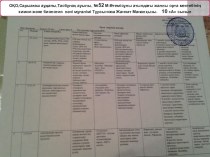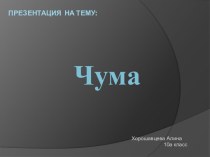cultured in matrigel clusters
Guided cell aggregation. COURTESY: “Modular tissue
engineering: engineering biological tissues from the bottom up”. Soft Matter, 5, 1312 (2009).
Nano-scale biofunctional surfaces
(cell membrane) http://www.nanowerk.
com/spotlight/spotid=12717.php
Flexible electronics
embedded in contact lens
Self-organized
collagen fibrils
Formation (above) and function
(below) of contractile organoids.
Biomedical Microdevices, 9, 149–
157 (2007).
DNA/protein sensor, example
of BioNEMS device (left).
“Bioprinting” to
construct a heart
(left).














































